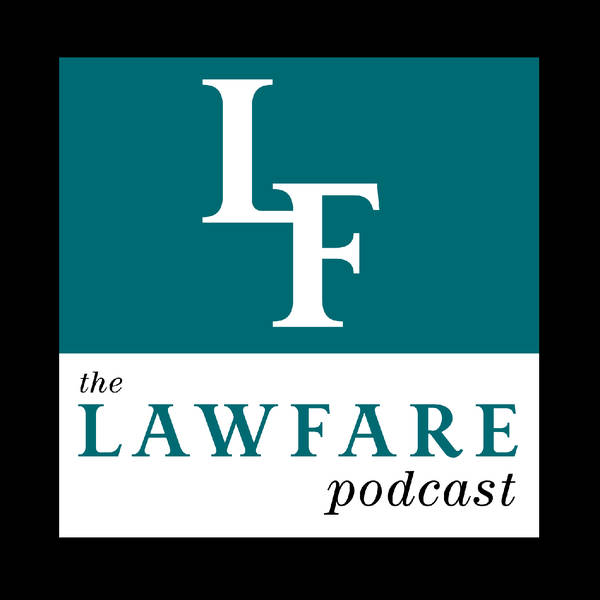
Protests, the Police, and the Press
Carolyn Cole, a Pulitzer-Prize winning staff photographer for the Los Angeles Times, has covered wars and other conflicts in Afghanistan, Iraq, Israel, Kosovo, Liberia, Sudan, Nicaragua, Haiti, and the U.S.-Mexico border. Over the course of her 30 year career, she has been seriously injured on the job precisely once—when members of the Minnesota State Patrol pushed Cole over a retaining wall and pepper sprayed her so badly that her eyes were swollen shut. Cole was in Minneapolis in the summer of 2020 to cover the protests after the murder of George Floyd. She was wearing a flak jacket marked TV, a helmet, and carried press credentials at the time of her attack.
Cole’s story is not unique among the press corps. According to a new report out this week from the Knight First Amendment Institute called “Covering Democracy: Protests, the Police, and the Press,” in 2020, at least 129 journalists were arrested while covering social justice protests and more than 400 suffered physical attacks, 80 percent of them at the hands of law enforcement. As Joel Simon, author of the report and former Executive Director of the Committee to Protect Journalists, writes, “The presence of the media is essential to dissent; it is the oxygen that gives protests life. Media coverage is one of the primary mechanisms by which protesters’ grievances and demands reach the broader public.”
Lawfare Managing Editor Tyler McBrien sat down with Joel, as well as Katy Glenn Bass, the Research Director of the Knight First Amendment Institute, to discuss the report, the long legacy of law enforcement attacks on journalists covering protests in America, who counts as “the press” in the eyes of the court, and what can be done to better ensure press freedom.
Support this show http://supporter.acast.com/lawfare.
Hosted on Acast. See acast.com/privacy for more information.
